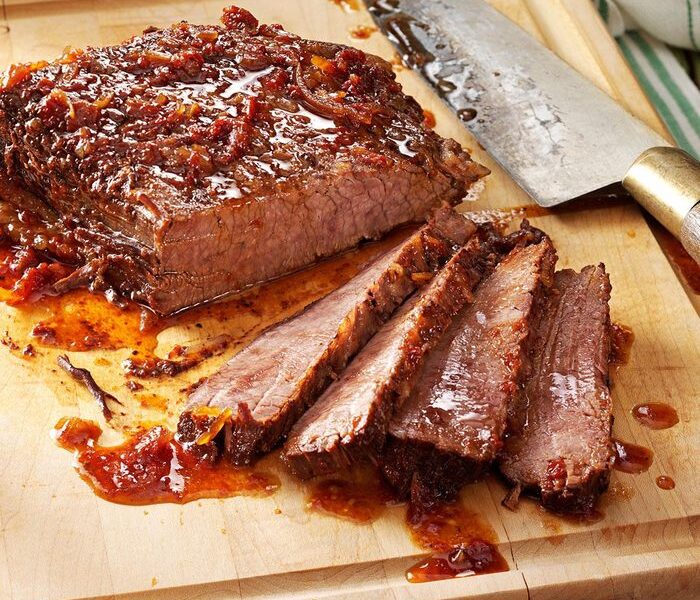High Holy Days 5775
Congregations around the state hold services throughout the High Holy Day season. Check our online calendar (ojlife.com/calendar) for services near you.
Erev Rosh Hashanah: Sept. 24 Rosh Hashanah: Sept. 25-26 The Jewish New Year begins at sundown Sept. 24 and continues for the next two days. The holiday celebrates the creation of the world and is the time to review our deeds of the past year during a period of repentance that culminates in Yom Kippur.
Yom Kippur: Oct. 3-4
The Day of Atonement begins with the chanting of the Kol Nidre service on the evening of Oct. 3. During the solemn fast day we repent sincerely for our sins of the past year and pray for forgiveness. The day concludes after sundown with a break-the-fast meal, usually prepared in advance.
Erev Sukkot Oct. 8 Sukkot: Oct. 9-16 This harvest festival, which lasts for seven days in Israel and eight days in the Diaspora, celebrates the bounty with which G-d has blessed us. Many eat their meals in a sukkah, a hut reminiscent of the temporary dwellings used by ancient Israelites during the harvest and of the booths in which the Jewish people dwelt during the 40 years they wandered in the desert after their Exodus from slavery in Egypt.
Shemini Atzeret and Simchat Torah: Oct. 15-17
These two holidays formally end the season of the High Holy Days. Shemini Atzeret, the eighth day of the Sukkot festival, begins at nightfall on Oct. 15. Simchat Torah, a joyous celebration of the conclusion and renewal of the annual cycle of Torah readings, begins the evening of Oct. 16 and continues through Oct. 17.
At Cedar Sinai Park, High Holy Day traditions combine as people from around the country and all branches of Judaism share memories and ways. There’s a lot to prepare. Staff, residents and volunteers don’t let grass grow under their feet. There’s making cake and decorations, sending prayer shawls to the cleaners, and buying varieties of apples and honey at farmer’s markets for tastings. Celebratory dinners are booked well in advance by families who join resident loved ones each year. A resident volunteer will make Kiddush to electric lights, as health facilities do not permit candles.
“An atmosphere comes over this place that is different from the rest of the year,” says CSP spiritual leader Rabbi Abby Cohen. “It’s like the air changes, a sense that something is special. I blow the shofar every morning during the month of Elul. It’s loud and jarring and gets everyone’s attention. It’s time to wake from our spiritual slumber and take stock of our lives. Don’t wait until Rosh Hashanah to start thinking.”
Although delicious blintzes will break the Yom Kippur fast, Rabbi Abby urges the elderly to eat during the day. “I send a letter to every resident,” she says. “It is incumbent on them not to fast if it presents any health risk. Life trumps everything in Judaism.” Names of those who have passed on during the year are collected for the Yizkor book. “The margins have to be balanced and perfect,” Rabbi Abby says. “It shows honor.”
Services are a tradition unto themselves at CSP with long-standing volunteers including Dr. Erica Goldman, the Horenstein family, Avrel Nudleman, Amy Shapiro, Leonard and Elayne Shapiro, Eddy Shuldman and Barbara Slader. Held in both Zidell Hall and the Robison living room, in-house ceremonies particularly benefit those who have difficulty reaching outside synagogues.
“It is an honor and privilege to be able to perform this mitzvah for the community,” says Amy Shapiro, who has led services at CSP for 17 years.
“My service is mostly music,” says Amy, a former co-host of the KBOO FM Yiddish Hour who also taught music at Portland Jewish Academy. “On the eve of Rosh Hashanah, I sing a Ma Tovu song by Louis Lewandowski. My husband, Jeff Olenick, arranged the Kol Nidre melody.” Amy maximizes resident participation by using Hebrew and English, a somewhat shorter length and much responsive reading.
“People come up and bless the Torah during the morning of Rosh Hashanah and Yom Kippur,” Amy says. “Some of them have never done that before.”
Dozens of residents including Milt Horenstein and Milt Hasson have assisted Amy over the years. Last year Bill Pakula came to her Yom Kippur service. “He said that 70 years before, he had led a Kol Nidre service at Auschwitz,” Amy says. “Afterwards he called out from his wheelchair, “You did well!” He’s Orthodox and had never heard a woman sing the Kol Nidre. I was so proud.”
After Rosh Hashanah and Yom Kippur, it’s time for CSP to get ready for the next holy day. “We have corn roast- ing and cocktails in the sukkah,” Rabbi Abby says. “We decorate it, and kids come to help. Last year at Simchat Torah, we had a local klezmer band. We gathered our residents and Torahs and paraded from Rose Schnitzer Manor over to the Robison Home.”
Although considered a great success, the large attendance combined with the Robison Home’s small living room left no space for unrolling the Torah scroll.
“This year, we will sing and dance in the hallways and parade from the Robison Home to Zidell Hall at Rose Schnitzer Manor,” Rabbi Abby says. “We’ll certainly have space to unroll a Torah scroll.”





